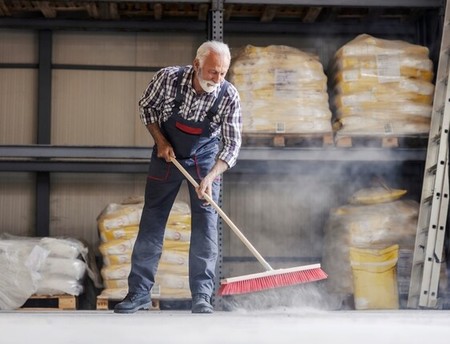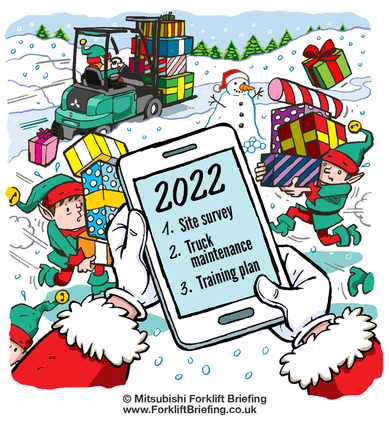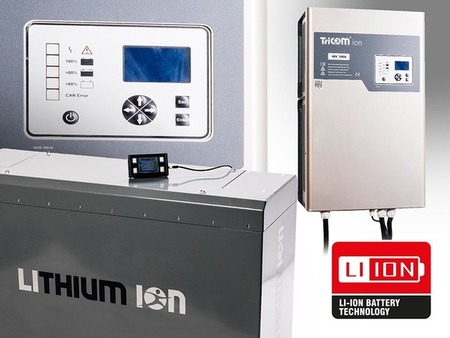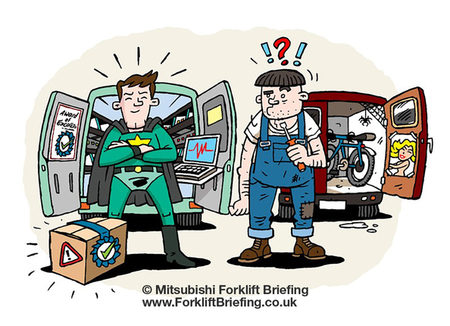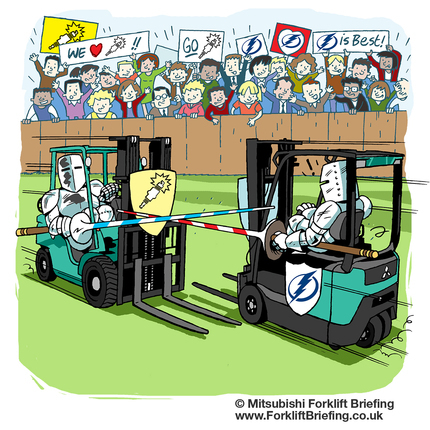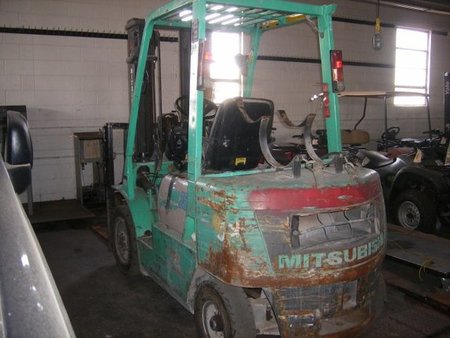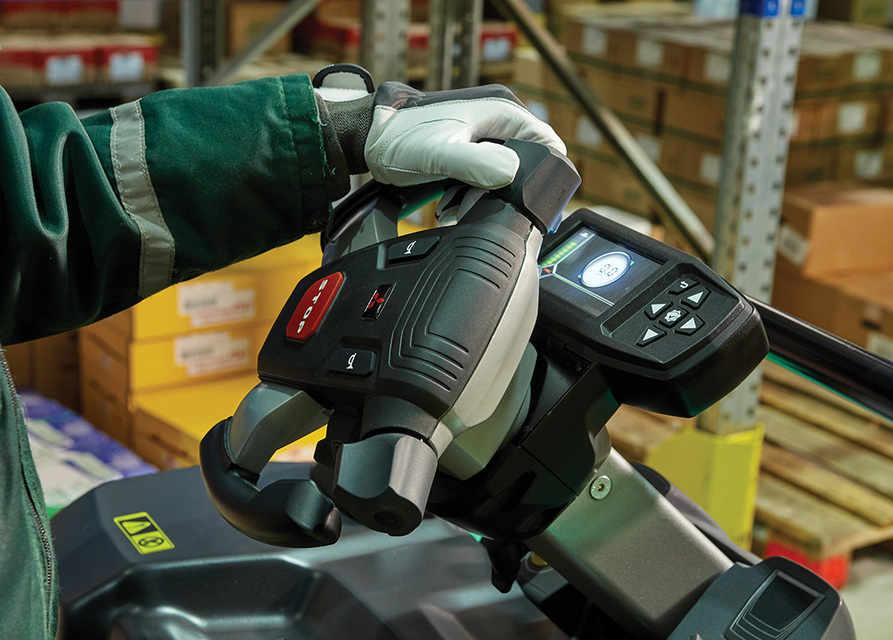
This award-winning design brings all operating controls within easy reach of both hands.
Prevention is better than cure: building ergonomics into forklift design
Ergonomics in the workplace is a topic that today’s managers take very seriously.
Gone are the days when employees were expected simply to work hard and be productive. Nowadays we understand that workers’ wellbeing is a key to greater job satisfaction and higher productivity.
In materials handling – and especially when it comes to forklift equipment – there are many corrective measures you can take to improve ergonomics. For example, if you want a more user-friendly driver’s compartment, you may consider replacing the standard seat with a fully adjustable and suspended version. You could even call in an ergonomic expert to help drivers find the optimum sitting position.
Adapting your processes and making sure there are enough breaks to minimise fatigue is another obvious approach to getting the best results from your driver. In fact, there are multiple opportunities for modifying your practices and working environment (including floor quality, lighting, climate and much more) as well as your forklifts.
Although warehouse managers are familiar with the need for ergonomics, it’s worth occasionally reminding ourselves of the main advantages of an ergonomically designed materials handling machine:
- Increased productivity thanks to driver comfort and user-friendly controls
- Elimination of stress, strain and resulting fatigue or illness
- Protection of the driver against accidental injury
- Less damage to forklifts, racking and goods
With such clear benefits for both your business and your employees, shouldn’t you be looking for a forklift that’s been designed primarily around driver comfort and ergonomics?
It starts with intelligent design
Producers of materials handling equipment who make drivers a top priority involve them from the earliest design stages. This goes way beyond commenting on technical advancements or taking part in occasional field tests. In addition, designers team up with specialists outside the company to make sure no stone is left unturned. To find out more, we called Andreas Schock, Product Manager at Mitsubishi Forklift Trucks.
Forklift Briefing: What is your definition of ‘ergonomics’ in relation to materials handling?
Andreas: An ergonomic workplace in materials handling should optimally support professional activity and minimise work-related stresses. The forklift’s operator compartment, in particular, should be designed according to safety and health-related criteria, to reduce accidents, occupational diseases or work-related illnesses.
Forklift Briefing: Which forklift components have the most influence on the driver’s wellbeing?
Andreas: Look at this from the driver’s point of view. Hands, arms and fingers should be used in a natural way to avoid stress and eventually injury. Make sure the driver has a comfortable and natural sitting position. Is there enough space in the cabin? Is the view of loads and racks clear enough for a driver to see them without unnaturally twisting and turning the neck and head? Everything in the design has an effect on the driver!
Forklift Briefing: Mitsubishi designers analyse user experience during the development of their trucks. What is so special about that?
Andreas: Besides our own studies, we participate in a research programme called UXUS (User Experience and Usability in complex Systems). This brings together experts from a range of disciplines, including psychology, human-computer interaction, economics and design, and involves deep co-operation between participating companies and the academic world. It has refreshed the way we work in developing products and provided many new insights about the driver. Don’t forget, the driver accounts for the largest share of the total lifetime costs of a forklift. A properly designed ergonomic workplace helps optimise the efficiency of the ‘driver-and-forklift’ system.
We end with a tip for all the buyers out there. Along with the existing topics covered by your purchasing criteria document, including features and benefits, costs and service, you should probably add a new question:
“How do you design your forklifts?”
